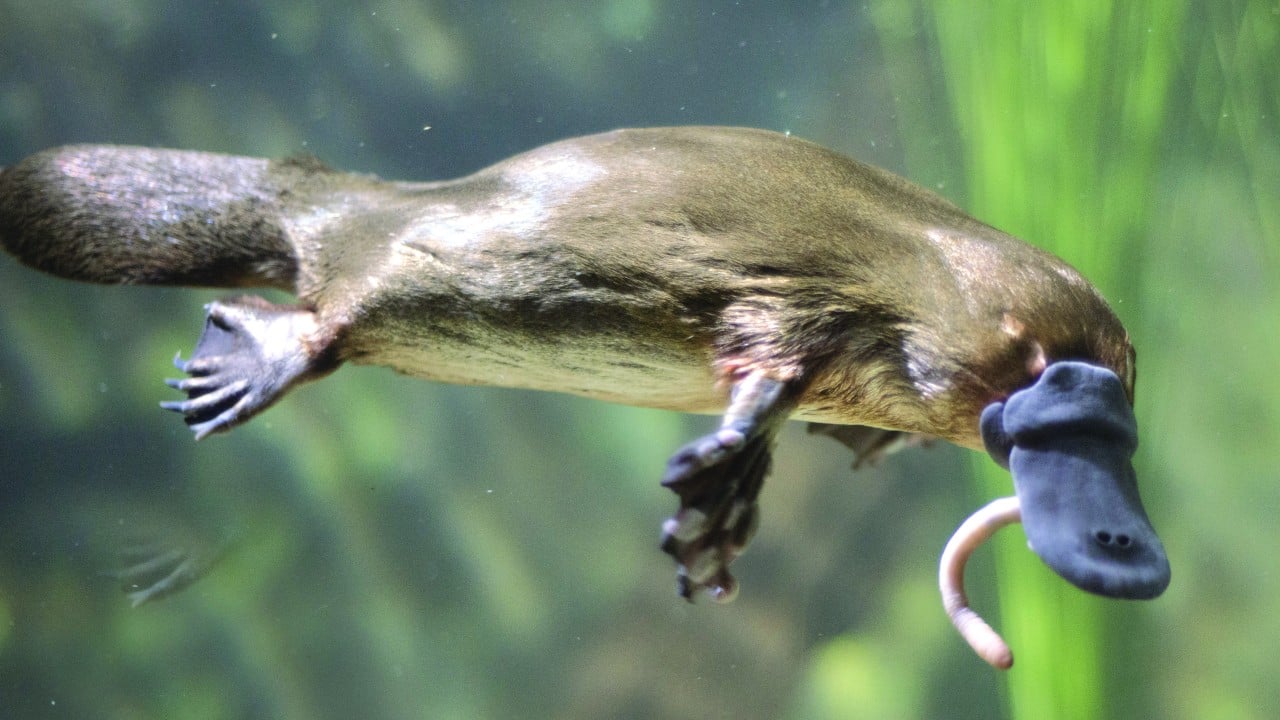
Research by a team of Australian scientists described six species of monotremes, including three new ones, all living in the same area of New South Wales.
The three newly described species are from opalised jaws found in the Lightning Ridge opal fields on the Queensland-New South Wales border dating back to the Cenomanian Age of the Cretaceous Period, between 102 million to 96.6 million years ago.
Monotremes are egg-laying mammals. Australia’s native platypus and the echidna are the only surviving descendants of the species described by the new study.
“There are six species of monotremes, including the three newly described here, within the Cenomanian Lightning Ridge fauna of New South Wales making it the most diverse monotreme assemblage on record,” said Matthew McCurry, curator of Palaeontology at the Australian Museum.
“Four species are known from a single specimen, suggesting that diversity remains under-represented. This discovery adds more than 20 per cent to the previously known diversity of monotremes.”
Among the newly described species is the Opalios splendens, which appears to be a link between the earliest known monotremes and the modern echidnas and platypus.
“Opalios splendens sits on a place in the evolutionary tree prior to the evolution of the common ancestor of the monotremes we have today,” said Australian Museum Research Institute director Kris Helgen.
“Its overall anatomy is probably quite like the platypus, but with features of the jaw and snout a bit more like an echidna – you might call it an ‘echidnapus’,” Professor Helgen said.
“The platypus and echidna are iconic Australian species,” said Thomas Rich. “The discovery of these several new species in one small area suggest that the family tree of the egg laying monotremes is far more complicated than the living platypus and echidna alone suggest.”
These specimens are a revelation. They show the world that long before Australia became the land of pouched mammals … this was a land of furry egg-layers
Elizabeth Smith of the Australian Opal Centre in Lightning Ridge, who found the fossils with her daughter Clytie, said “These specimens are a revelation. They show the world that long before Australia became the land of pouched mammals, marsupials, this was a land of furry egg-layers – monotremes.
“It seems that 100 million years ago, there were more monotremes at Lightning Ridge than anywhere else on Earth, past or present.”
The research was published in the Alcheringa: An Australasian Journal of Palaeontology on Monday.

